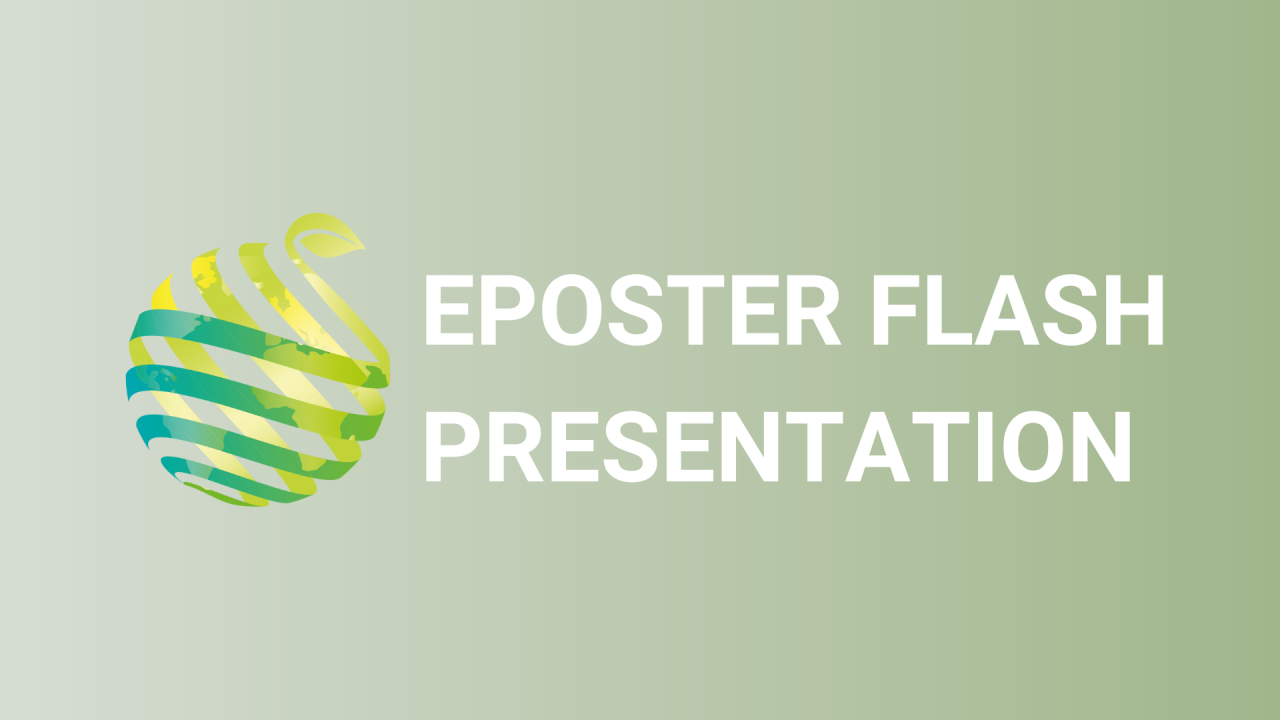

S12 - Session P3 - Quantification of nutrient and sediment movement into a Piedmont ecoregion irrigation reservoir with irrigation return flow and stormwater
Information
Authors: Sarah White *, Morgan Tomlin, Mohammad Nayeb Yazdi, James S. Owen Jr.
Water quality and optimized application of water are critical components of successful crop production. Yet only water pH and EC are commonly monitored in specialty crop production facilities, with only 38% of operations reporting in a recent national survey. Many operations do not know how much water they use or how much water leaves their production areas after an irrigation event. Lack of accurate information regarding water volumes applied or in irrigation return flow reduces information accuracy for operational planning. We monitored operational water runoff from a 5-ha production area into an irrigation reservoir in the Piedmont ecoregion of SC from July to November of 2021 using time and flow-based sampling regimes and long-term in-situ water quality (pH, dissolved oxygen, conductivity, and temperature) data. We characterized operational water flow and contaminant (nutrient and sediment) dynamics during both irrigation and storm events. Total runoff generated the day of a storm event ranged from 47.5 to 271 m 3 /day. The volume of irrigation return flow generated from cyclic irrigation events (240-600 minutes/day) ranged from 43.5 to 1274 m 3 /day. Event mean concentration of contaminants during storm events ranged from 10.7 to 26.9 mg/L for dissolved inorganic nitrogen, 1.77 to 2.25 mg/L phosphate-phosphorus, and 31.1 to 623 mg/L total suspended solids. Concentrations of contaminants carried in irrigation return flow were more variable, thus data are presented as event median concentrations; dissolved inorganic nitrogen ranged from 26.4 to 59.9 mg/L, phosphate-phosphorus ranged from 1.5 to 2.0 mg/L and total suspended solids ranged from 4.13 to 967 mg/L. Characterizing water quality components (whether for initial use or release offsite) in specific U.S. ecoregions will facilitate development of technologies and practices that are consistently effective for growers, helping them conserve water, mitigate agrichemicals and sediment, and minimize adverse impacts on the crop or environment.